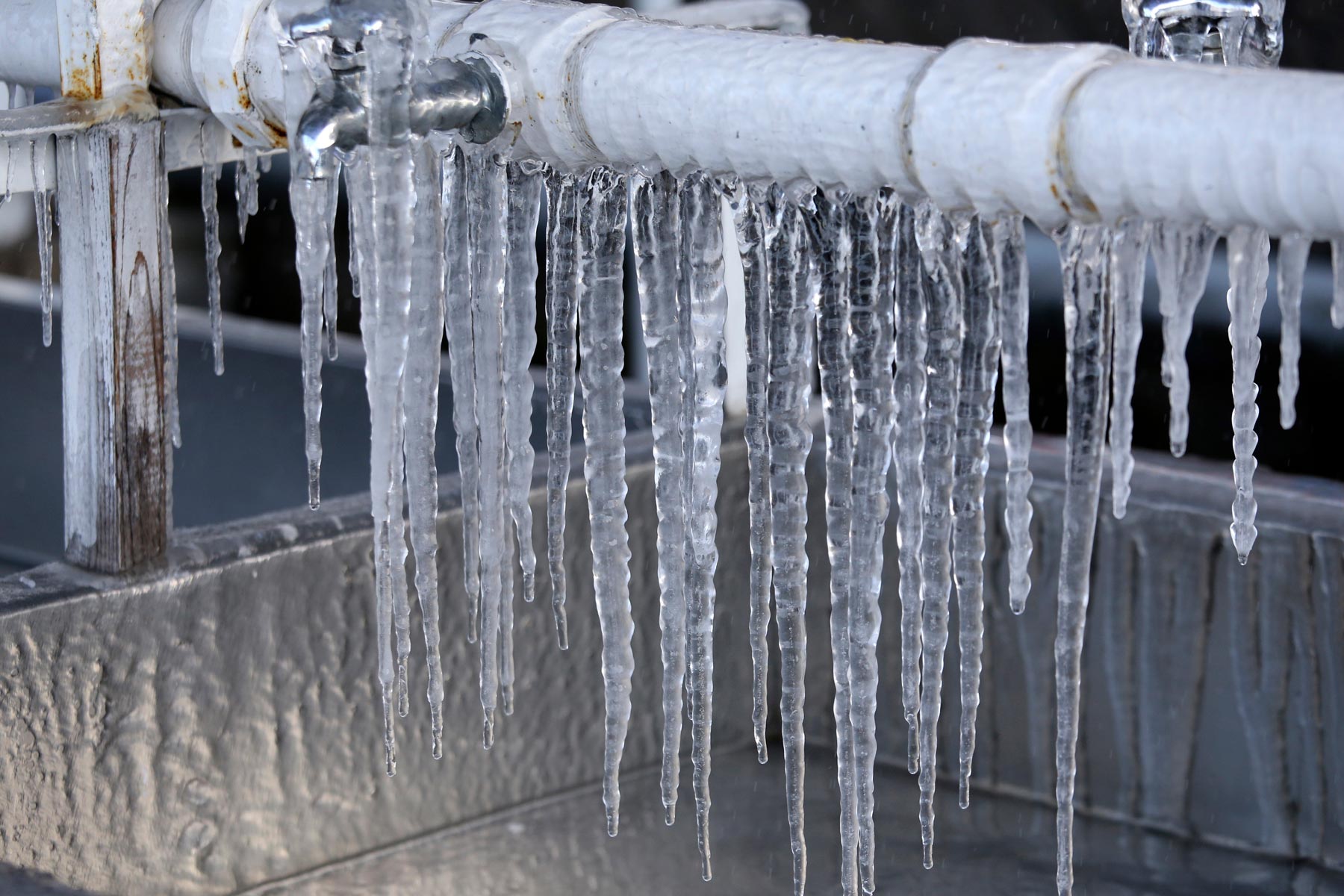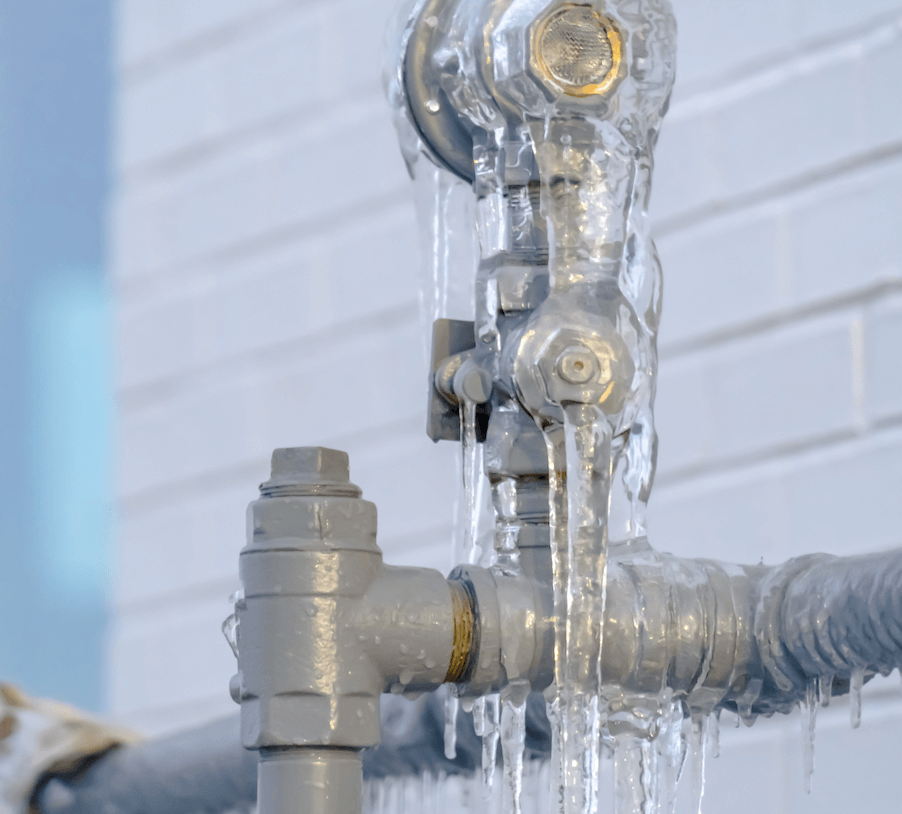We've uncovered this great article relating to 6 Ways to Prevent Frozen Pipes down the page on the net and believe it made sense to quickly share it with you on this page.

Winter can wreak havoc on your plumbing, particularly by freezing pipelines. Here's how to prevent it from happening and what to do if it does.
Intro
As temperatures decline, the threat of frozen pipes rises, potentially leading to pricey fixings and water damage. Understanding just how to avoid frozen pipes is vital for property owners in cold climates.
Recognizing Frozen Pipelines
What causes pipes to freeze?
Pipes freeze when subjected to temperature levels listed below 32 ° F (0 ° C) for expanded periods. As water inside the pipes freezes, it broadens, putting pressure on the pipe wall surfaces and potentially triggering them to burst.
Risks and problems
Icy pipes can cause water disruptions, building damage, and pricey repair services. Ruptured pipelines can flooding homes and create extensive structural damage.
Indications of Frozen Pipeline
Identifying frozen pipelines early can prevent them from bursting.
How to identify icy pipelines
Try to find reduced water circulation from taps, unusual smells or sounds from pipelines, and noticeable frost on revealed pipelines.
Avoidance Tips
Shielding at risk pipes
Wrap pipes in insulation sleeves or utilize heat tape to safeguard them from freezing temperatures. Focus on pipes in unheated or external locations of the home.
Heating strategies
Maintain indoor spaces adequately heated up, specifically locations with plumbing. Open up closet doors to allow cozy air to flow around pipelines under sinks.
Securing Outdoor Pipes
Garden tubes and outside faucets
Detach and drain pipes yard tubes prior to winter months. Set up frost-proof spigots or cover outside taps with shielded caps.
What to Do If Your Pipes Freeze
Immediate actions to take
If you suspect frozen pipelines, keep taps open to relieve pressure as the ice thaws. Utilize a hairdryer or towels taken in warm water to thaw pipelines gradually.
Long-Term Solutions
Architectural modifications
Consider rerouting pipes away from exterior wall surfaces or unheated areas. Add additional insulation to attic rooms, basements, and crawl spaces.
Updating insulation
Purchase top quality insulation for pipes, attic rooms, and walls. Proper insulation assists keep regular temperature levels and decreases the danger of frozen pipelines.
Final thought
Stopping frozen pipes requires aggressive actions and fast reactions. By understanding the reasons, indicators, and safety nets, home owners can secure their plumbing throughout cold weather.
5 Ways to Prevent Frozen Pipes
Drain Outdoor Faucets and Disconnect Hoses
First, close the shut-off valve that controls the flow of water in the pipe to your outdoor faucet. Then, head outside to disconnect and drain your hose and open the outdoor faucet to allow the water to completely drain out of the line. Turn off the faucet when done. Finally, head back to the shut-off valve and drain the remaining water inside the pipe into a bucket or container. Additionally, if you have a home irrigation system, you should consider hiring an expert to clear the system of water each year.
Insulate Pipes
One of the best and most cost-effective methods for preventing frozen water pipes is to wrap your pipes with insulation. This is especially important for areas in your home that aren’t exposed to heat, such as an attic. We suggest using foam sleeves, which can typically be found at your local hardware store.
Keep Heat Running at 65
Your pipes are located inside your walls, and the temperature there is much colder than the rest of the house. To prevent your pipes from freezing, The Insurance Information Institute suggests that you keep your home heated to at least 65 degrees, even when traveling. You may want to invest in smart devices that can keep an eye on the temperature in your home while you’re away.
Leave Water Dripping
Moving water — even a small trickle — can prevent ice from forming inside your pipes. When freezing temps are imminent, start a drip of water from all faucets that serve exposed pipes. Leaving a few faucets running will also help relieve pressure inside the pipes and help prevent a rupture if the water inside freezes.
Open Cupboard Doors
Warm your kitchen and bathroom pipes by opening cupboards and vanities. You should also leave your interior doors ajar to help warm air circulate evenly throughout your home.

I discovered that write up on Helpful Tips to Prevent Frozen Pipes this Winter when doing a lookup on the internet. Do you know about anybody else who is serious about the subject? Be sure share it. Many thanks for your time invested reading it.
Call Today